-
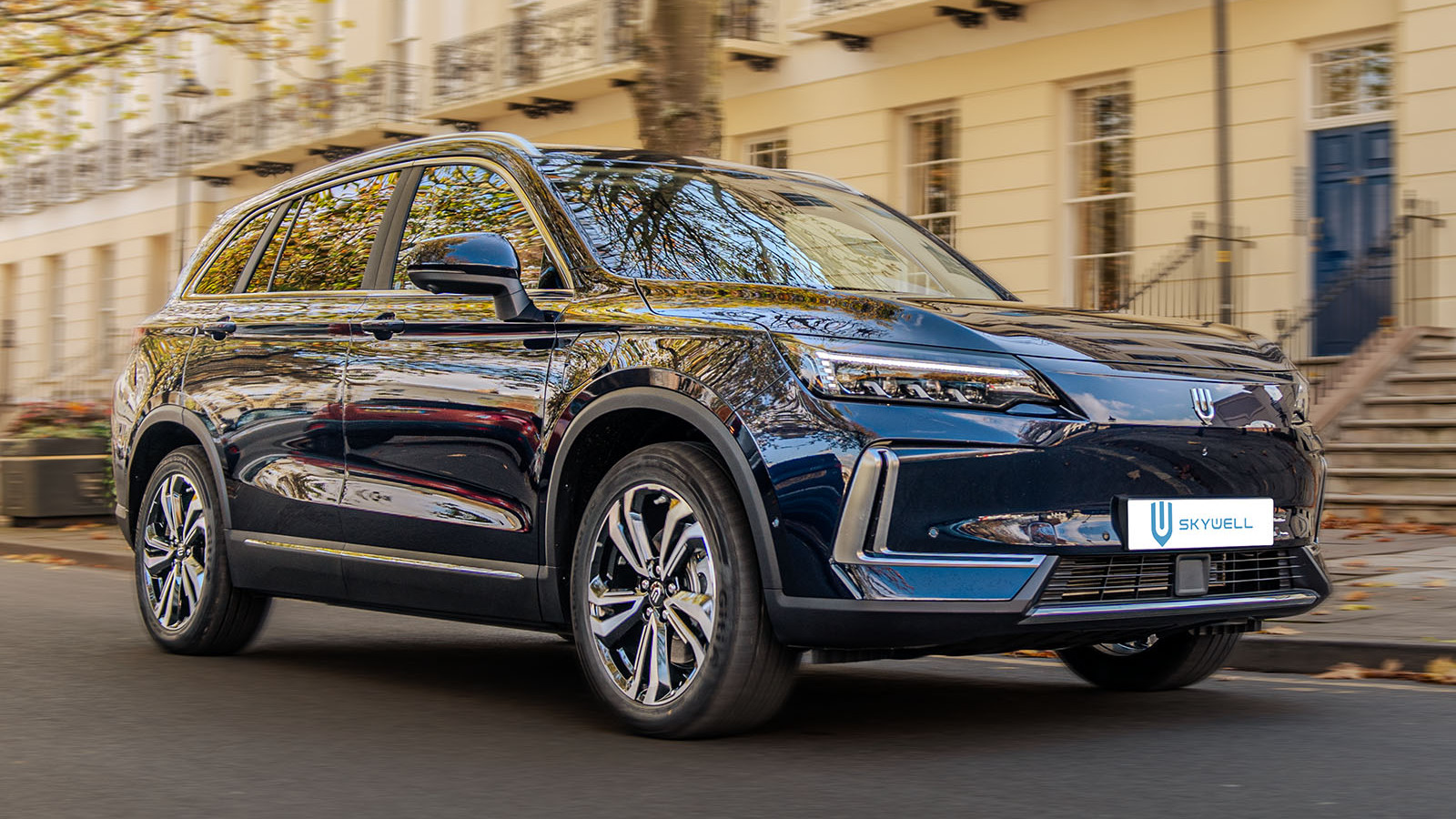 © Skywell
© Skywell -
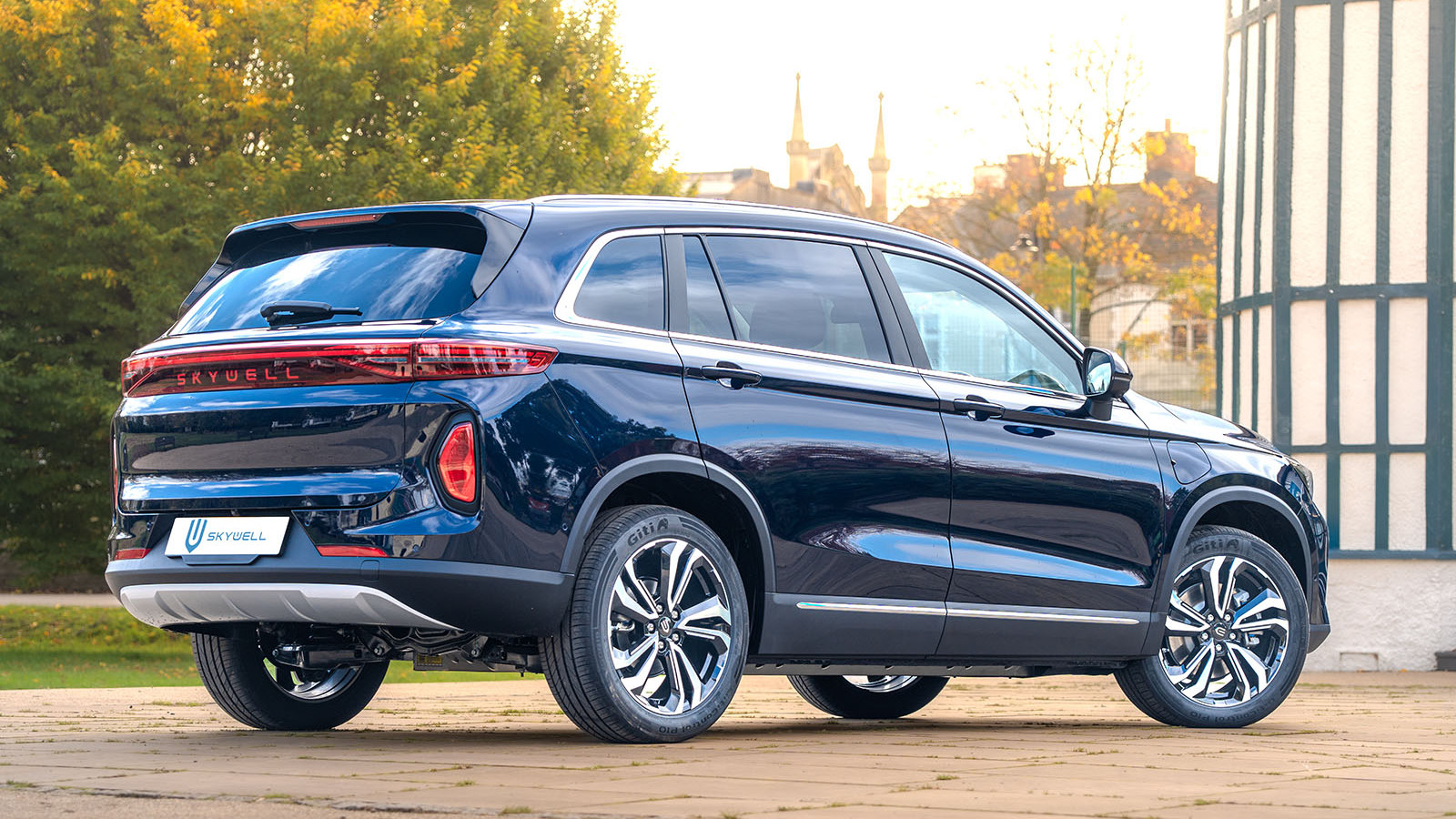 © Skywell
© Skywell -
 © Skywell
© Skywell -
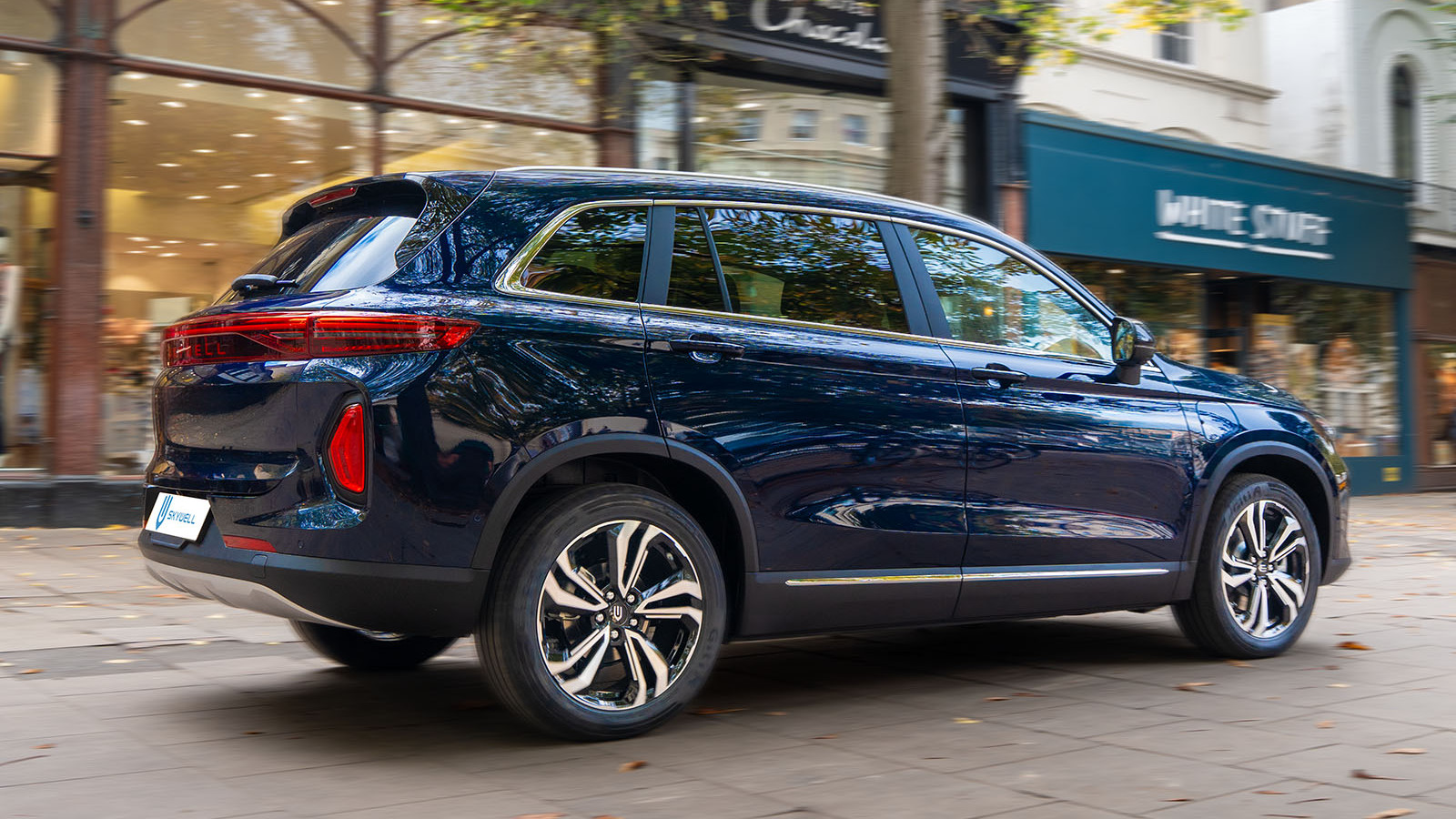 © Skywell
© Skywell -
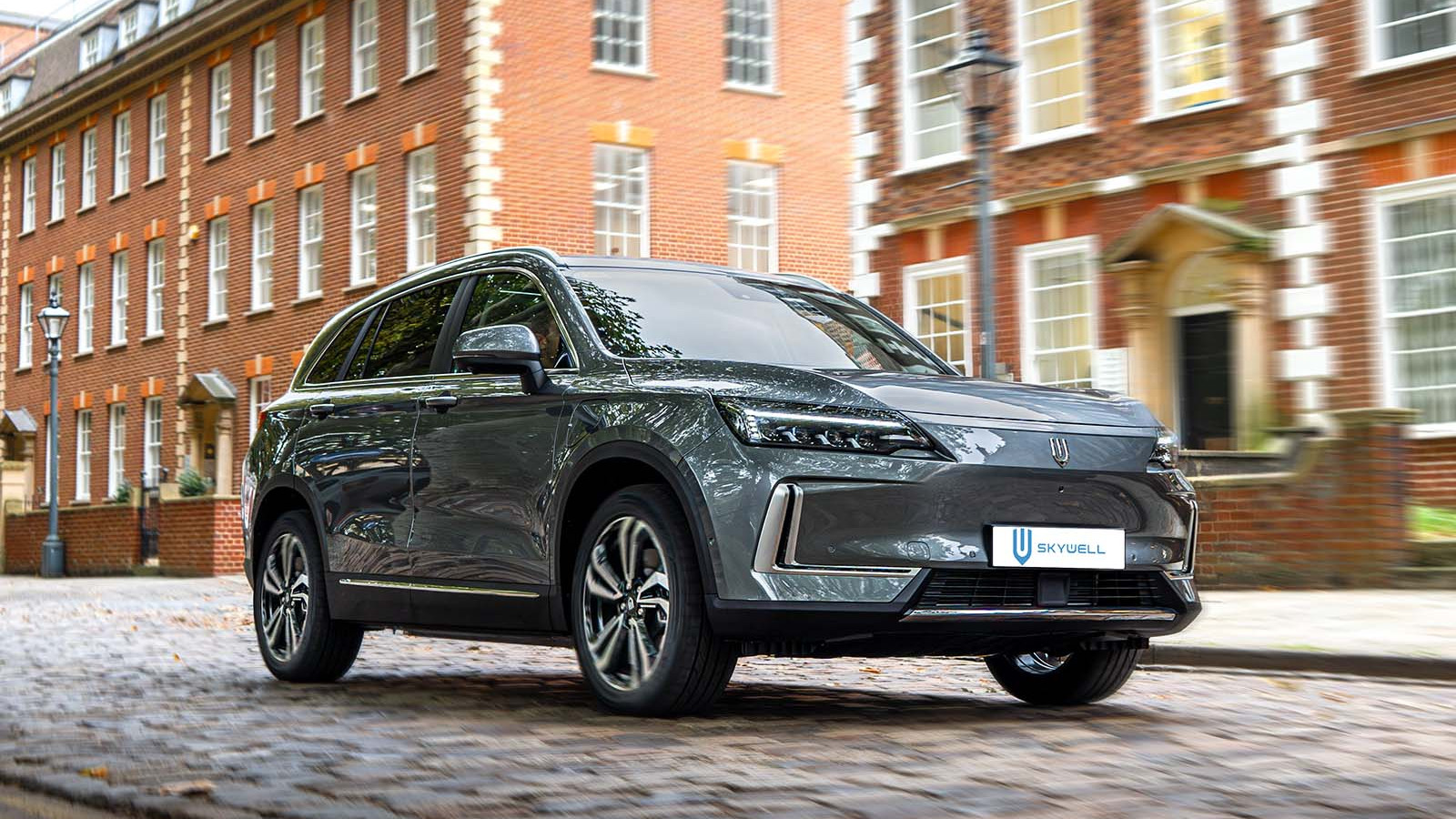 © Skywell
© Skywell -
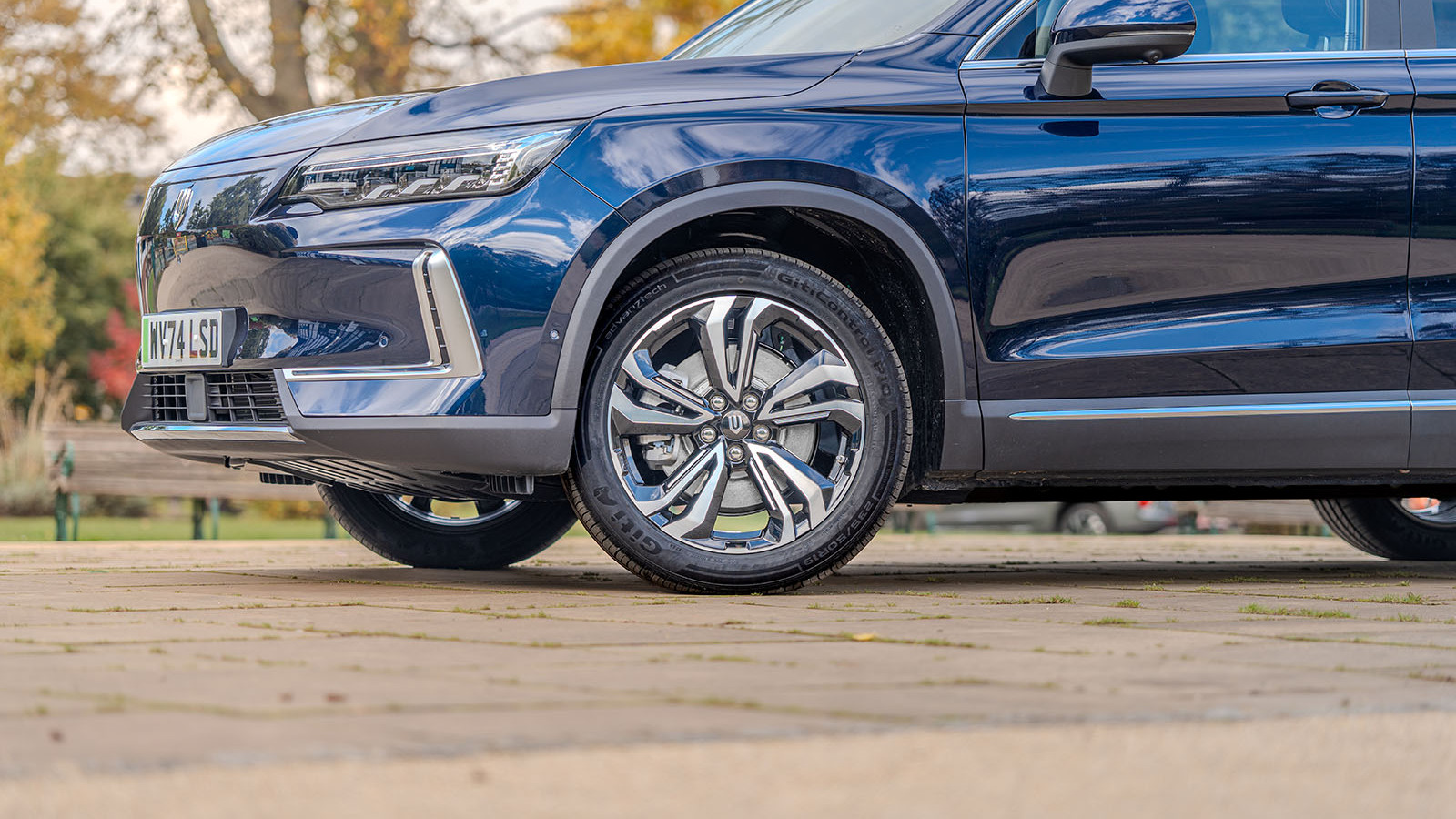 © Skywell
© Skywell -
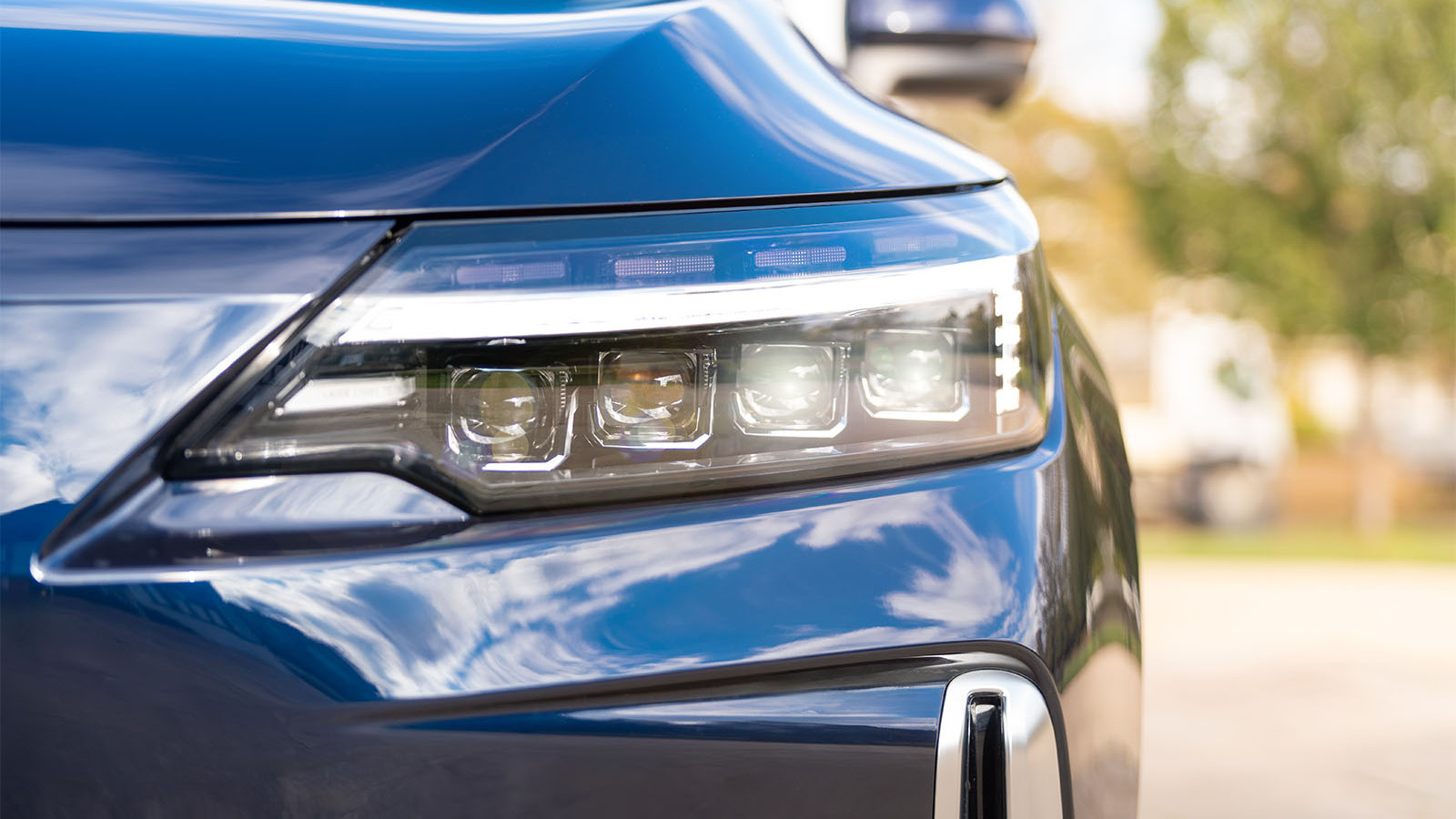 © Skywell
© Skywell -
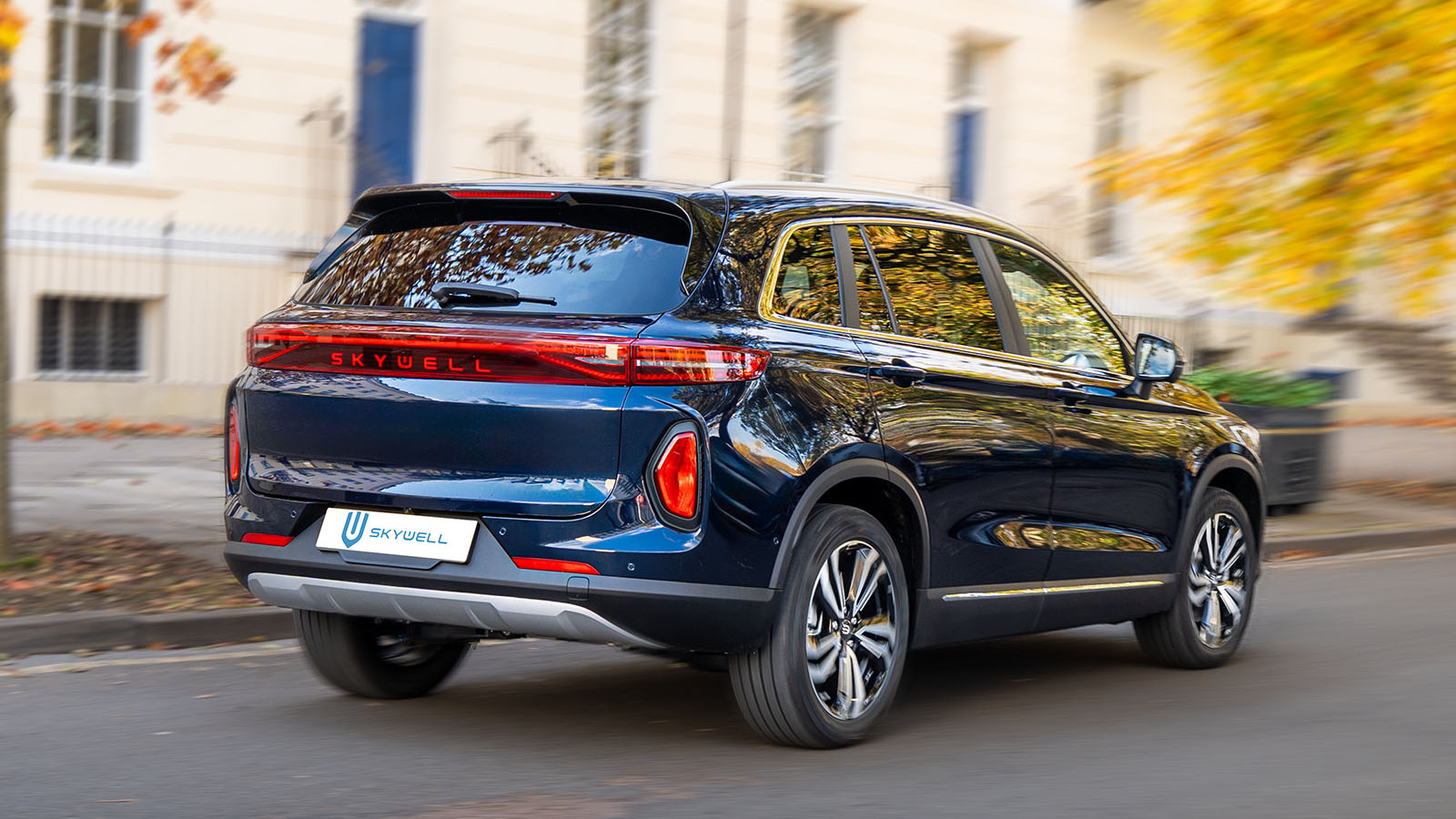 © Skywell
© Skywell -
 © Skywell
© Skywell -
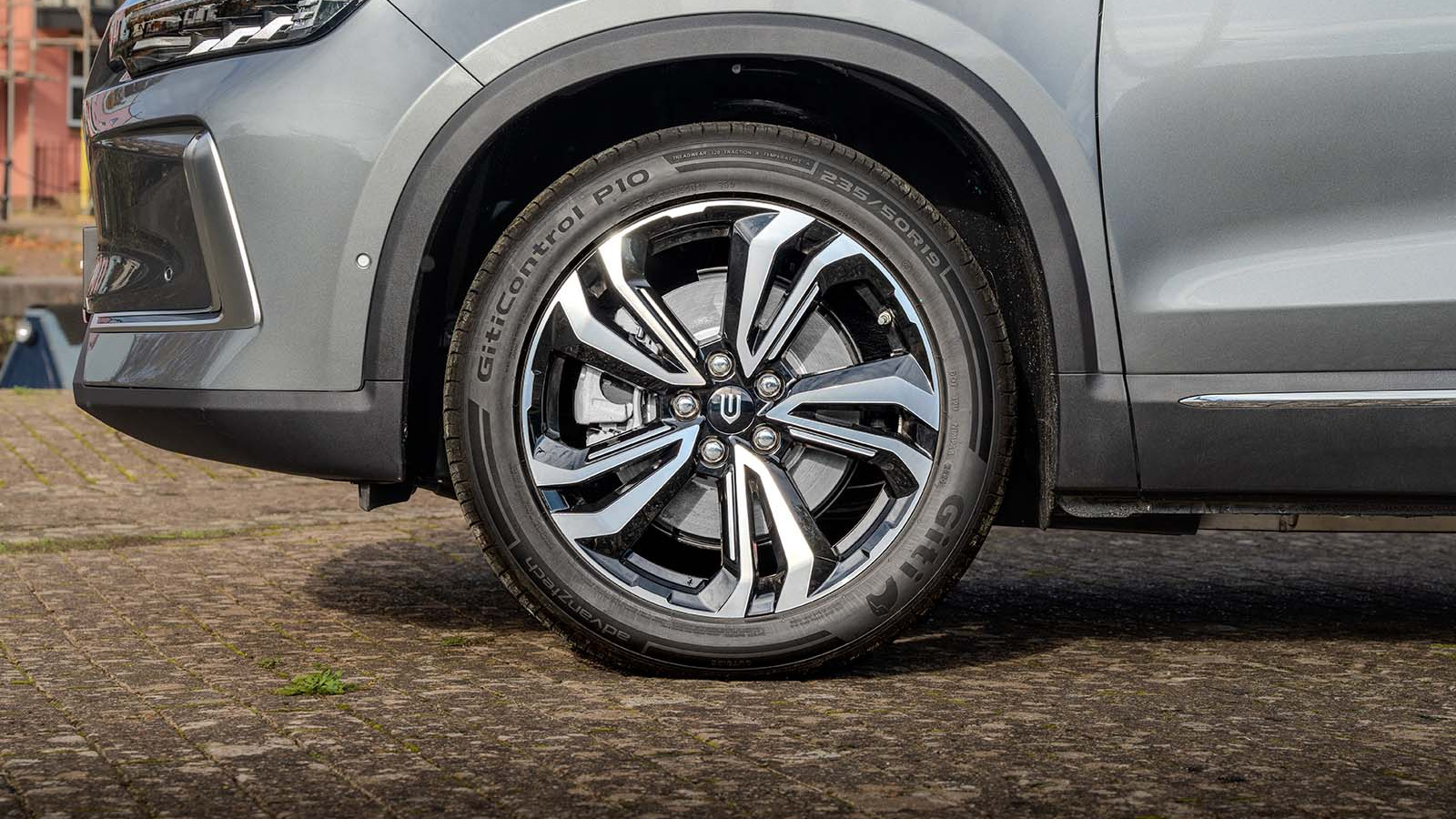 © Skywell
© Skywell -
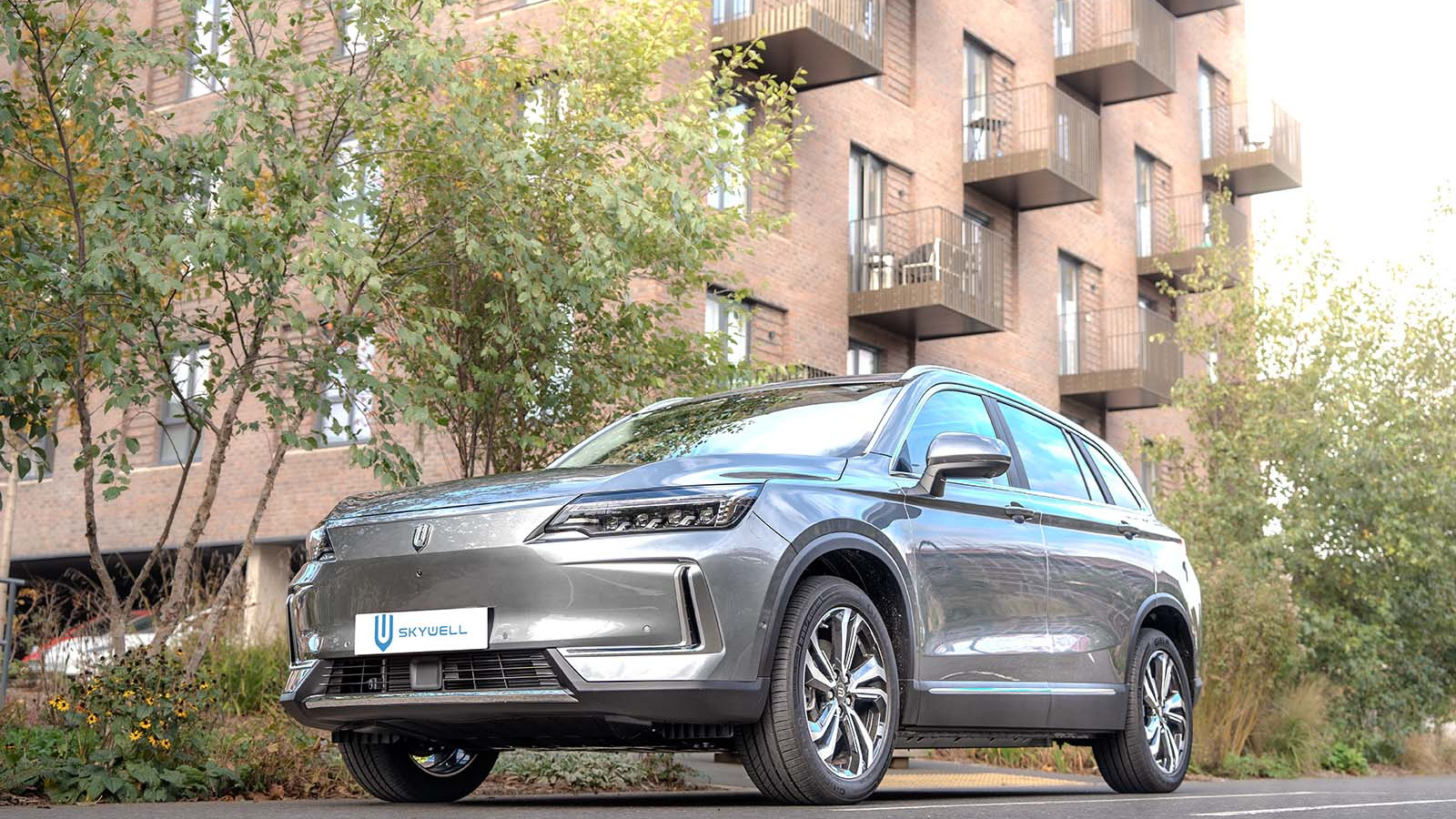 © Skywell
© Skywell -
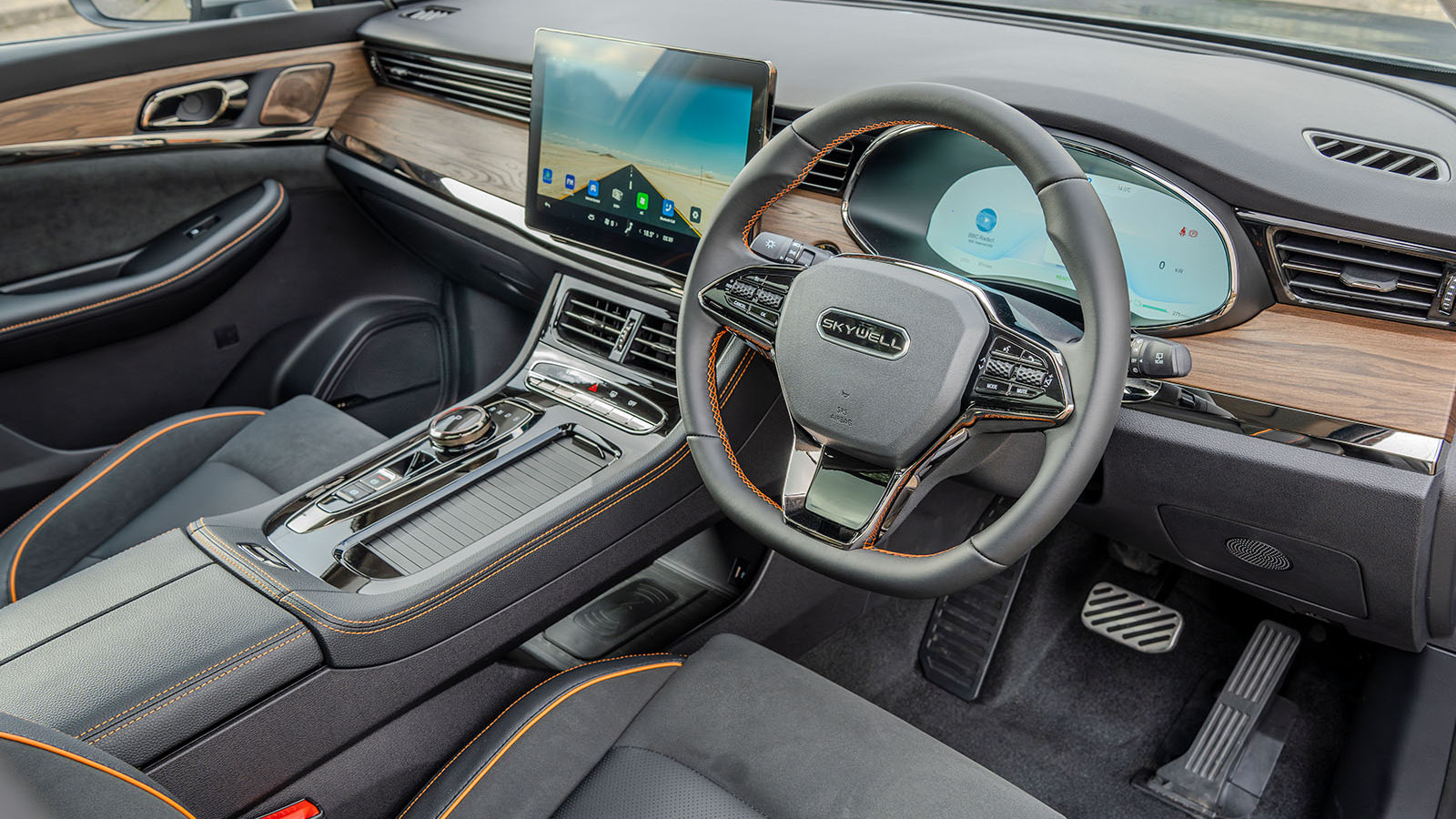 © Skywell
© Skywell -
 © Skywell
© Skywell -
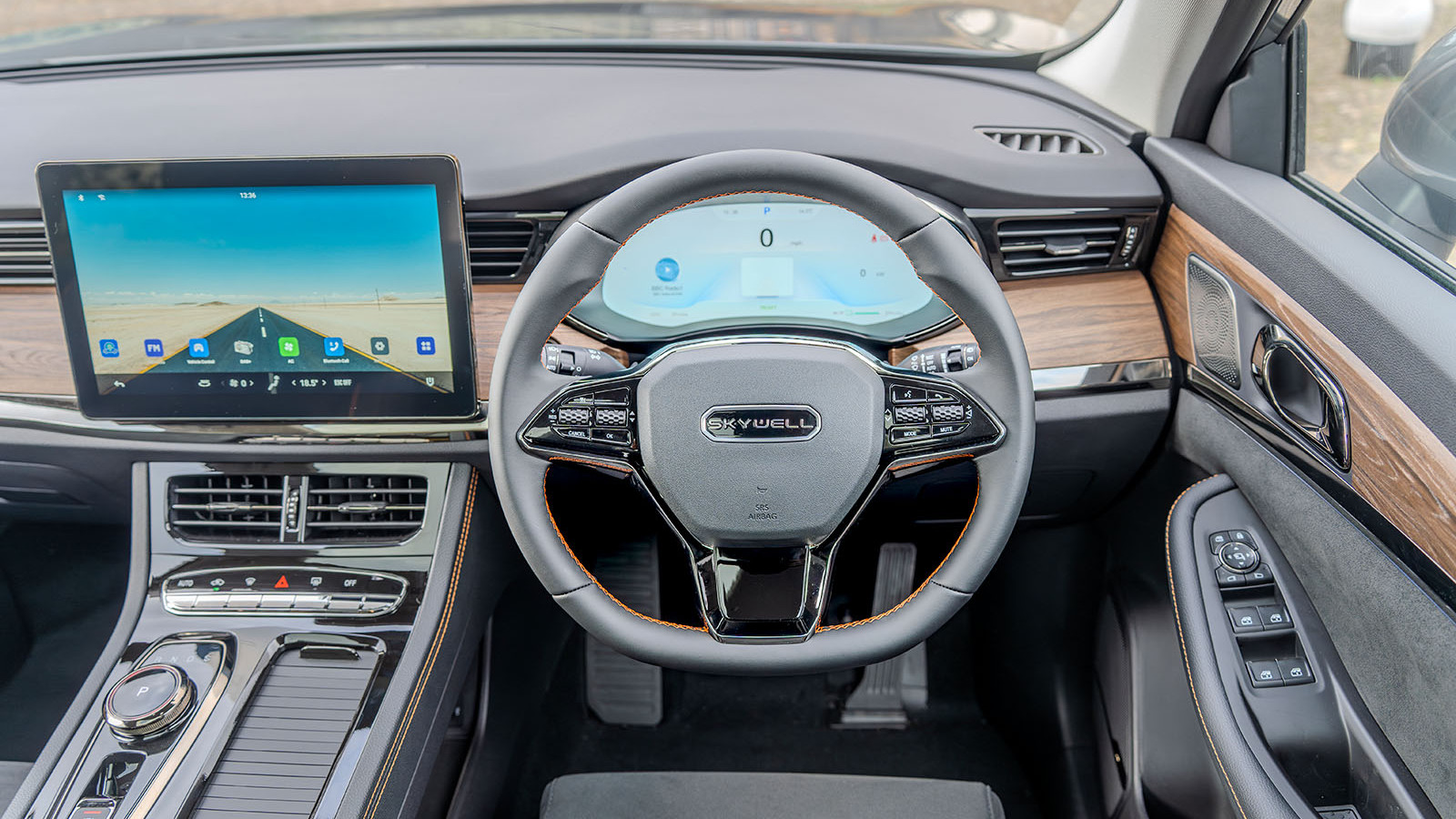 © Skywell
© Skywell -
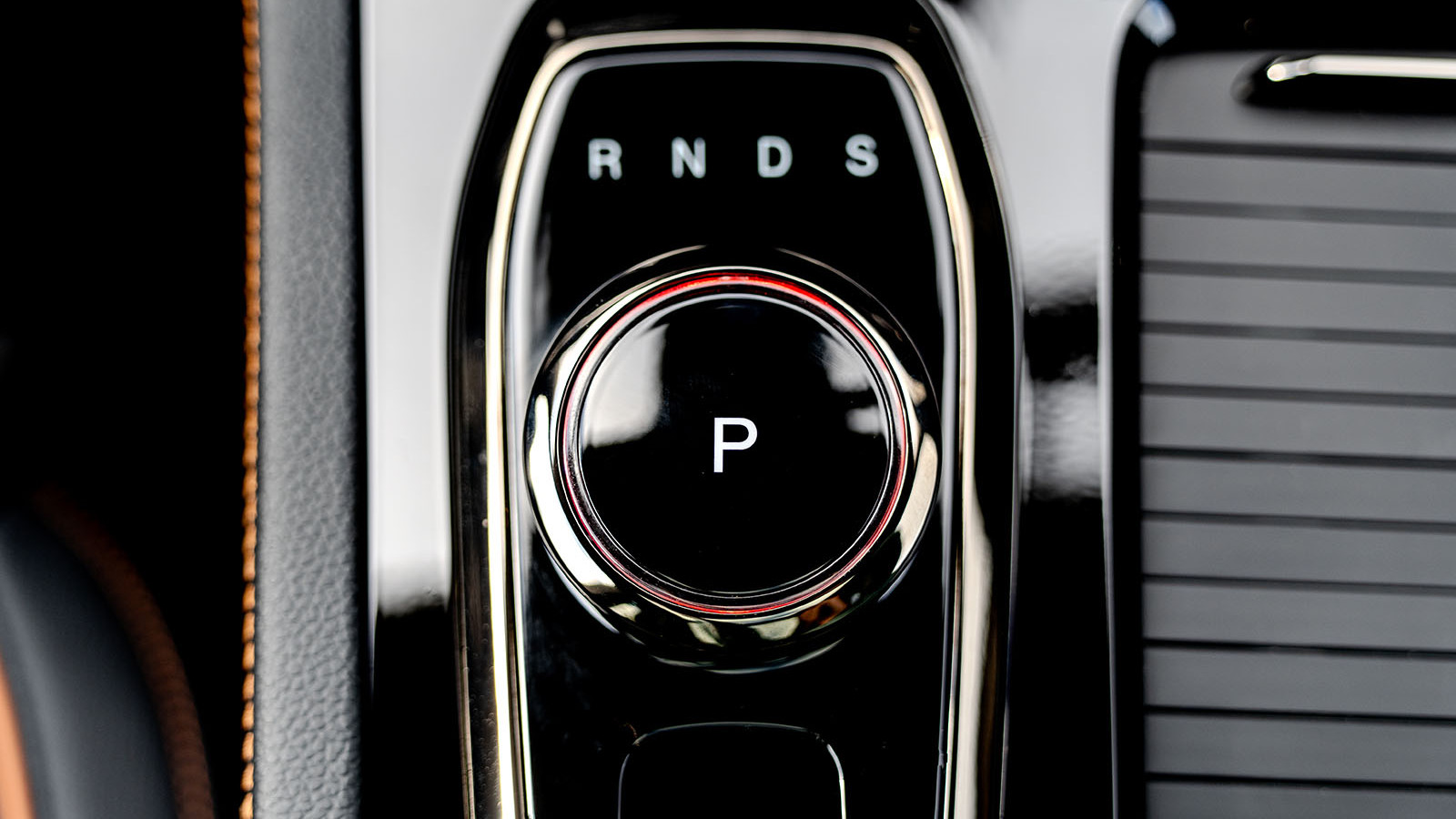 © Skywell
© Skywell -
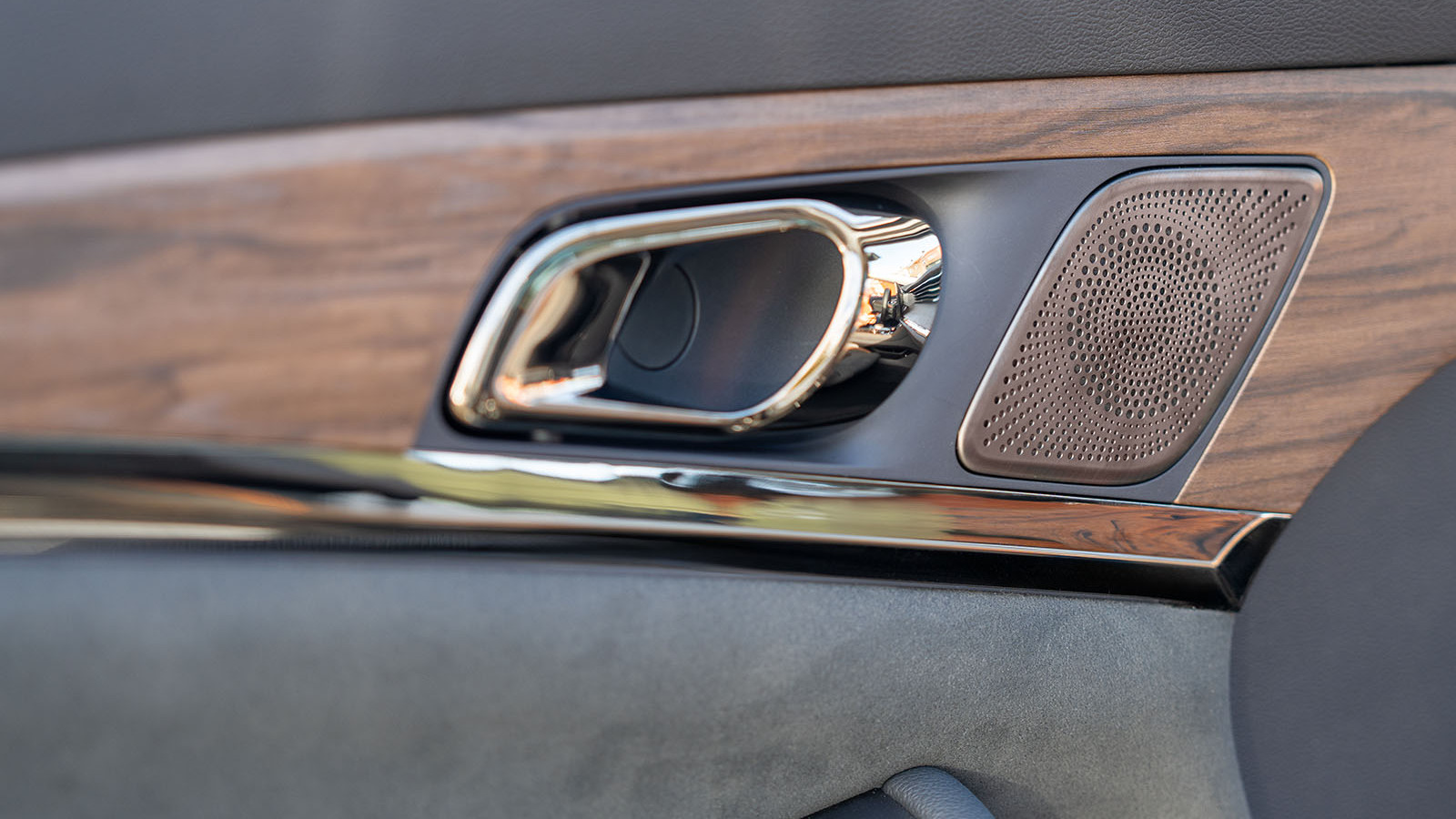 © Skywell
© Skywell -
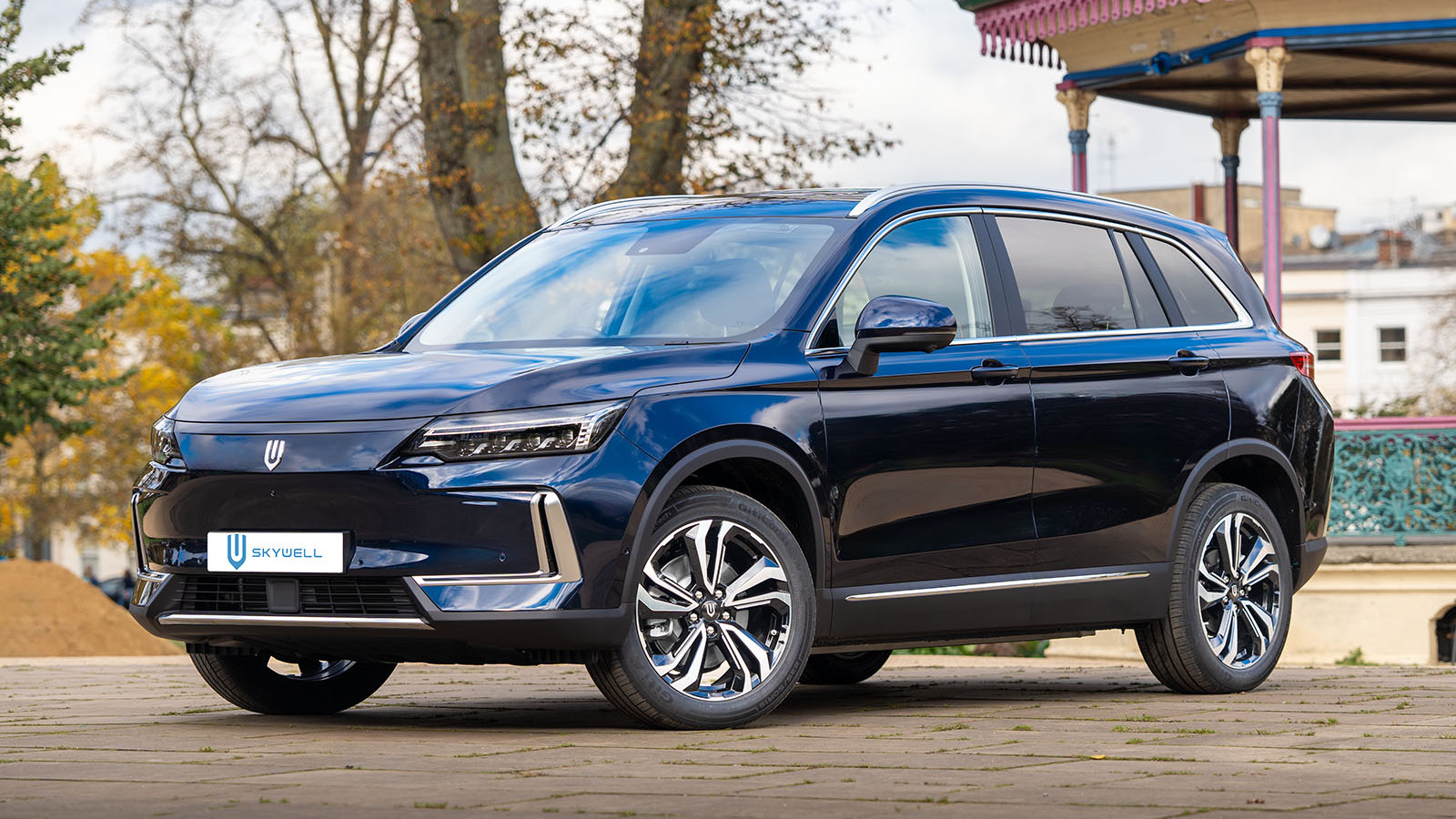 © Skywell
© Skywell
-
Before we delve into the merits of the Skywell BE11 as a car, let’s briefly consider where the marque comes from.
The Chinese brand emerged in 2017 as a joint venture between one of the world's largest consumer electronics groups - called Skyworth - and electric bus maker Nanjing Golden Dragon. Its cars are being brought here by UK-based importer Innovation Automotive.
-
We initially drove a prototype, and, if truth be told, we didn't much like it. Its steering was too light, its infotainment system was unfathomable, the speedometer only showed in kilometres per hour and the brakes were spongy.
-
Skywell has since reconfigured it with a new BYD-sourced motor, reduced the wheel size from 20in to 19in, revised the suspension, and downsized the infotainment screen by 2.2in. This is our chance to drive the finished product.
-
You can have it with a 72kWh battery or an 86kWh unit like our car, and they’re priced at £36,995 and £39,995 respectively. Electric ranges are 248 and 304 miles (quite poor given the large battery sizes, which points to sub-par efficiency) and the charging speed for both tops out at an uncompetitive 80kW.
-
But let's start positive: at higher speeds, it is quite comfortable and able to filter out large imperfections; there's only one trim available to choose, which comes - as standard - with lots of kit, including a panoramic sunroof and a 360deg camera; and you have lots of legroom in the second row. That being said, boot space is only average, at 467 litres.
-
There are two ways of looking at its design. The lack of a grille, boxy headlights and slab-sided proportions make it look anonymous, but it’s also inoffensive and simple, and that lack of a fake front grille will undoubtedly boost its aerodynamic properties.
-
You could argue that most other Chinese EVs are designed in a similar, featureless fashion anyway, but we would have liked to see some more distinctive design cues, especially from a box-fresh brand.
-
Which brings us to the BE11's flaws, most notable of which is how unnerving it is to drive. The steering is disconcertingly light, whatever driving mode you’re in; you are completely isolated from anything the front wheels are doing. There’s also torque steer under load, and, if you accelerate too vigorously below 30mph, the traction control does little to stop the wheels from spinning up, and does not intervene.
-
We understand that this is not the car for hustling around corners, but that doesn’t mean you should find yourself struggling to stay sitting upright when turning at speed; its unsettling levels of pitch, heave and roll make themselves known at pretty much any speed.
-
It torque steers under load, especially if you accelerate over a rough surface, and, just like the prototype car, there’s a strange and unintuitive springiness to the way it self-centres.
-
One genuinely useful feature is the rather confusingly-named 'worm' mode, which, when turned on, allows the car to creep forward in heavy traffic without you touching the accelerator.
You're able to configure the feel of the brake pedal and steering. In comfort, the brakes feel too spongy but sharpen up in sport. In our test car, the pedal itself was also loose on its bracket, so it moved around a little.
-
Inside, perceived quality is good, with lots of soft-touch materials and sturdy-feeling buttons. There is also a lot of space. For rear occupants, the BE11 excels. There is a limousine-like spaciousness back there that is missing in most of its key rivals, with sufficient legroom for anyone of any size, and just enough headroom for people over six foot.
-
It's the same story up front: the standard-fit panoramic sunroof makes the cabin feel light and airy, and the generously-sized footwells mean your legs have a chance to stretch out. Its 467-litre boot is only average for the class, and compares to the KGM Torres EVX (839 litres), Skoda Enyaq (585 litres), and Nissan Ariya (466 litres).
-
However, the infotainment system lets it down with ugly graphics, punctuational errors and haphazard menus. It took three attempts and two phones to connect to Apple CarPlay, and there is a message that appears in Chinese when you boot the system up. It runs from a large 12.8in touchscreen, which you get as standard alongside a 12.3in instrumentation display.
-
Skywell has seen fit to omit a physical volume button for the passenger, instead burying it in the infotainment screen. The only issue with this is that, when connected to Apple CarPlay, the adjuster is five clicks away. And because CarPlay removes the permanent bar for the air conditioning controls, those are three clicks away.
-
Skywell is a new brand in the UK with a lot on its plate, but on the evidence of the BE11, it has a lot more work to do.
Make no mistake, this car is generously-equipped, competitively-priced, quite comfortable at higher speeds and the competitive warranty will be a clear selling point for the fleet market it is trying to target.
-
But the overwhelming impression is that it is not quite the finished product, with disconcerting steering, dreadful infotainment system, dull looks, only-average efficiency and poor rolling refinement. All of these will likely make it a frustrating and wearisome car to live with.
